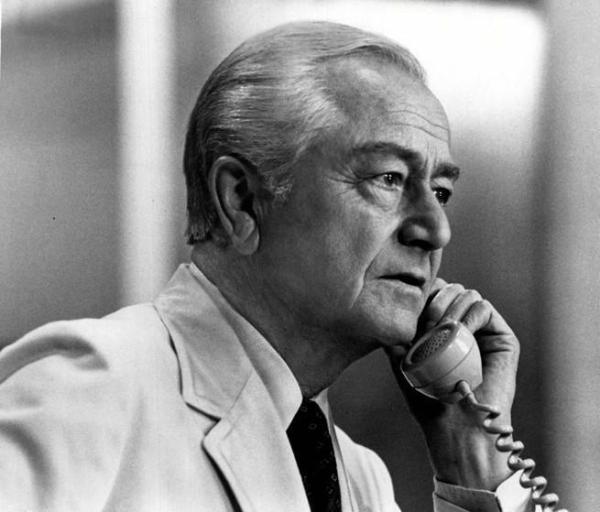One way to reduce healthcare costs, especially on the medical side of the equation has been to increase the utilization of mid-level or advanced care practitioners, e.g., nurse practitioners and physician assistants. There are similar but more nuanced shifts in the same direction in surgery, restricted to performing the “less critical” components of surgical care. A new study looks at whether physicians, not trained as surgeons, can provide reasonable, “non-inferior,” surgical care for those critical components.
The study was performed in Ghana and involved the repair of inguinal hernias, probably the most commonly performed surgery globally. It compared the efforts of five physicians, three without specific surgical training, and two trained as general surgeons, but with no experience in the particular technique of hernia repair [1]. The training over two weeks included both didactic information as well as hands-on training. The five participants were judged competent after performing 2 to 10 procedures on their own and meeting the requirements of the American Board of Surgery Operative Performance Assessment.
Two hundred and forty patients underwent surgery, divided roughly in half between medical doctors and surgeons. These patients were essentially the same in both groups and were the walking well, with at worst well-controlled mild comorbidities like hypertension or diabetes. Their hernias were uncomplicated, not requiring sophisticated repair or judgment. They were reassessed two-weeks post-operatively, and at one year.
- There was a 26% incidence of postoperative complications, including infection and abnormal collections of blood or plasma at the operative site. There was no difference in the incidence between the internists and the surgeons.
- At one year, there was no statistical difference in the recurrence rate for hernia, 1.8% for the internists, and 2.8% for the surgeons.
- “This study suggests that inguinal hernia repair with mesh can be performed by medical doctors with noninferior 1-year recurrence rates compared with surgeons.”
“We believe it is time to apply lessons learned in low-resourced countries about surgical procedure task shifting to health care in the United States. The United States currently spends more on health care, without better outcomes, compared with many nations. Inguinal hernia would be an excellent test procedure to explore for a more cost-effective way of performing this common operation.”
Editorial accompanying the study
I have a bias here; I didn’t train for six years to be replaced by another physician who trained for a few weeks. Leaving that concern aside, is it really cost-effective? Using Medicare payments for the surgery, private insurance will pay a higher percentage; the total spending is roughly $3500 for all the physicians involved [2] and the use of an outpatient facility. The surgeon receives, $543, 15% of that total for the surgical care and all follow-up appointments for the next 90 days. In the current system all physicians are treated equally so that replacing a surgeon with a less-trained physician doesn’t decrease costs at all. Or we could substitute a nurse practitioner or physician assistant, who would be paid less. But how much less? Medicare currently pays these mid-level providers at 85% of physician payments. So we are saving $81 or lowering our spending by 2.3%. And that does not consider the increased cost of training and certification or the inevitable increase in complications as we move from research to real-world care.
[1] An inguinal hernia is a weakness in the abdominal wall that causes a bulging in the area of the groin. The technique utilized corrects the defect by implanting a mesh that strengthens and augments the tissue strength in the area. It is considered a standard of care.
[2] All the study patients underwent surgery under local anesthesia, in the US we would follow a similar approach but provide “conscious sedation,” so that you are taking a “nap” while the pain is managed by injection of local medications. In nearly all circumstances, an anesthesiologist or more frequently, a mid-level nurse anesthetist would be present to keep an eye on the patient and provide conscious sedation.
Source: Outcomes After Inguinal Hernia Repair With Mesh Performed by Medical Doctors and Surgeons in Ghana JAMA Surg. DOI:10.1001/jamasurg.2019.1744




